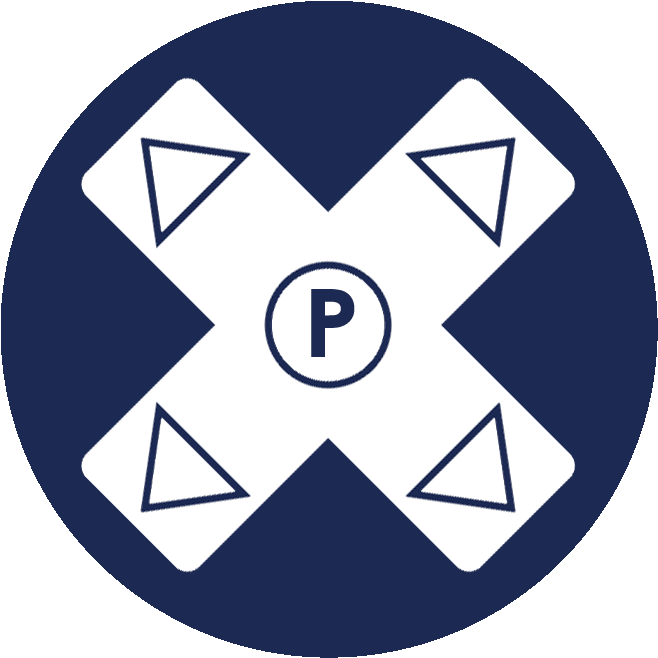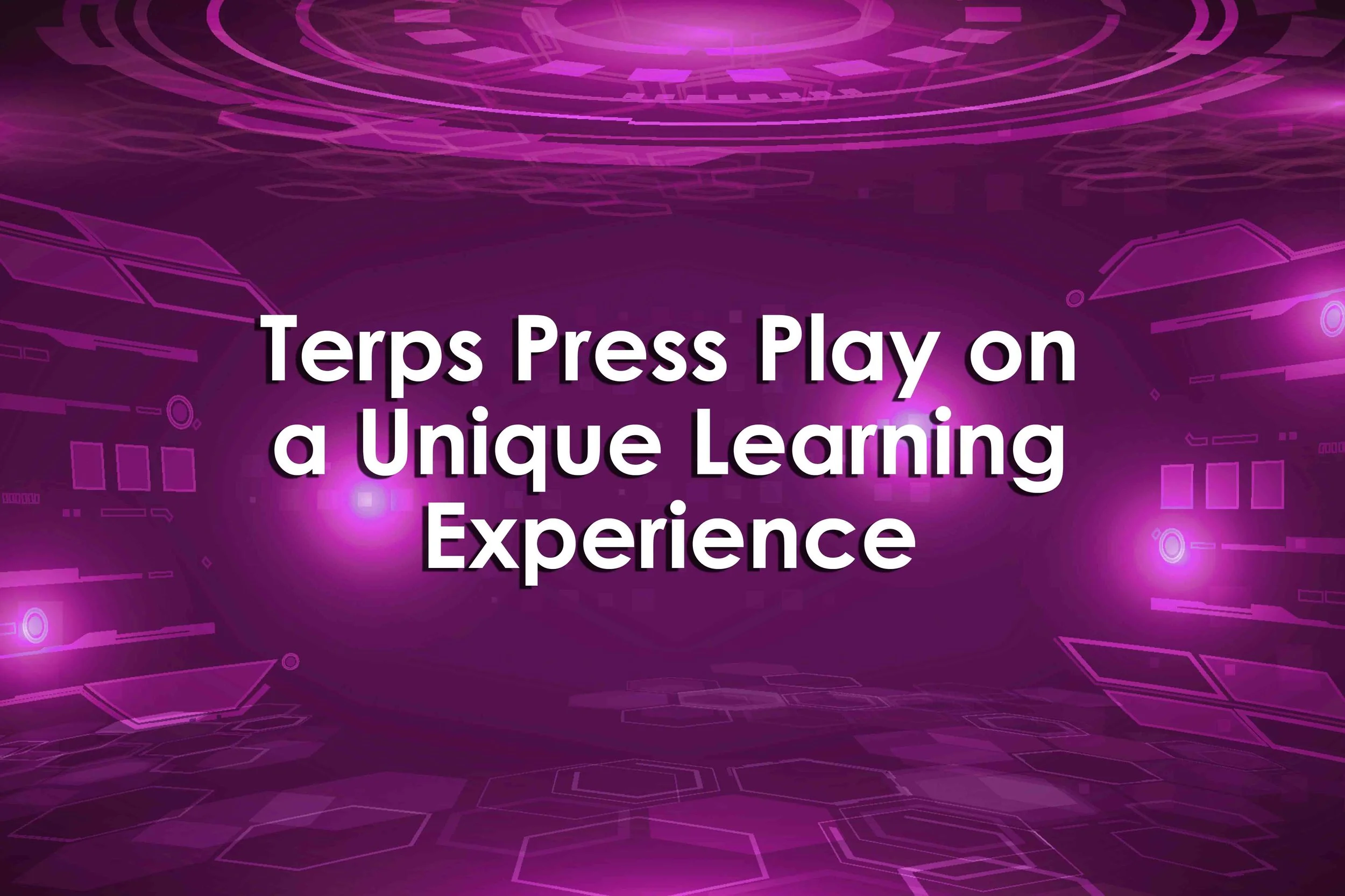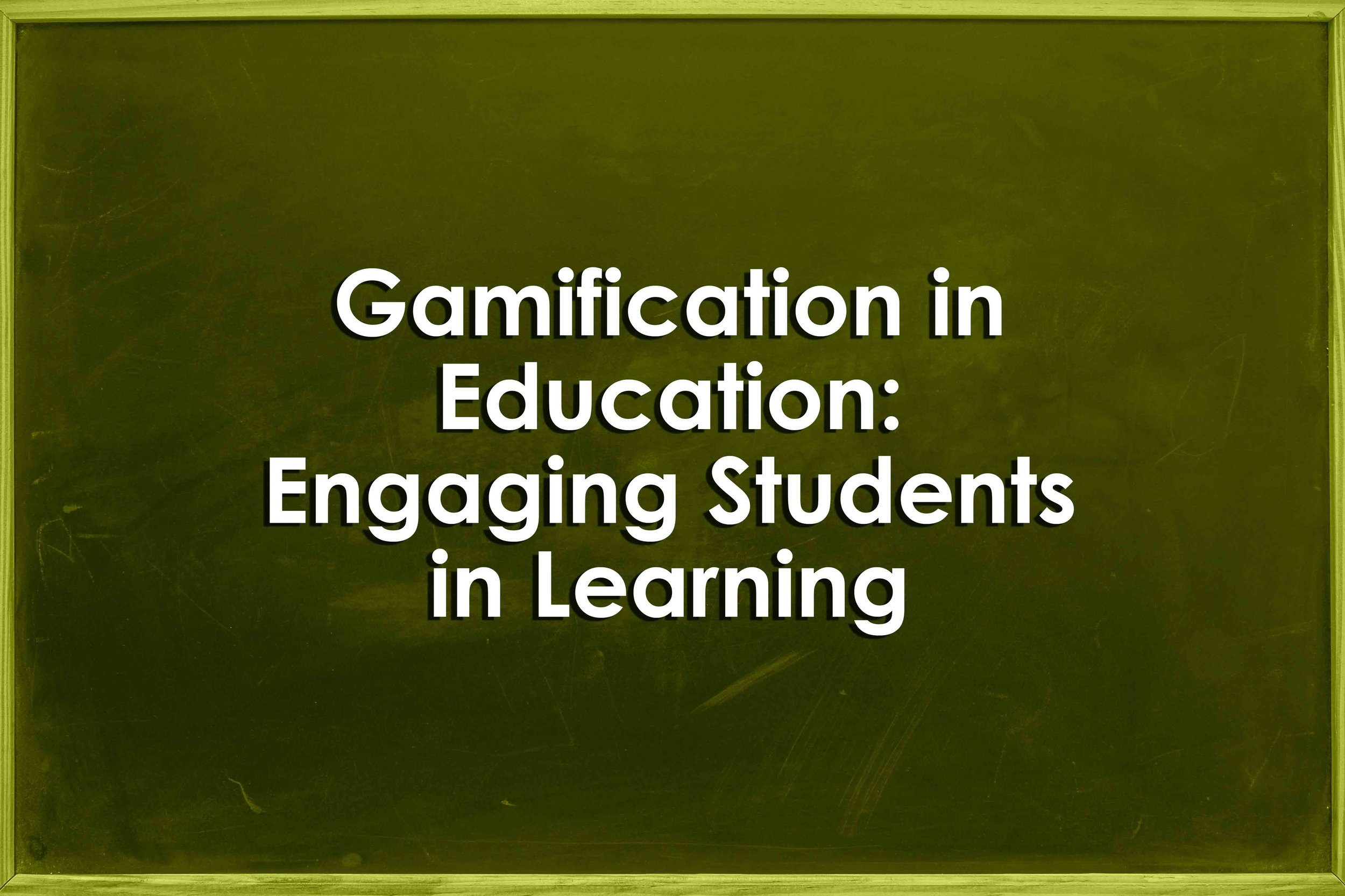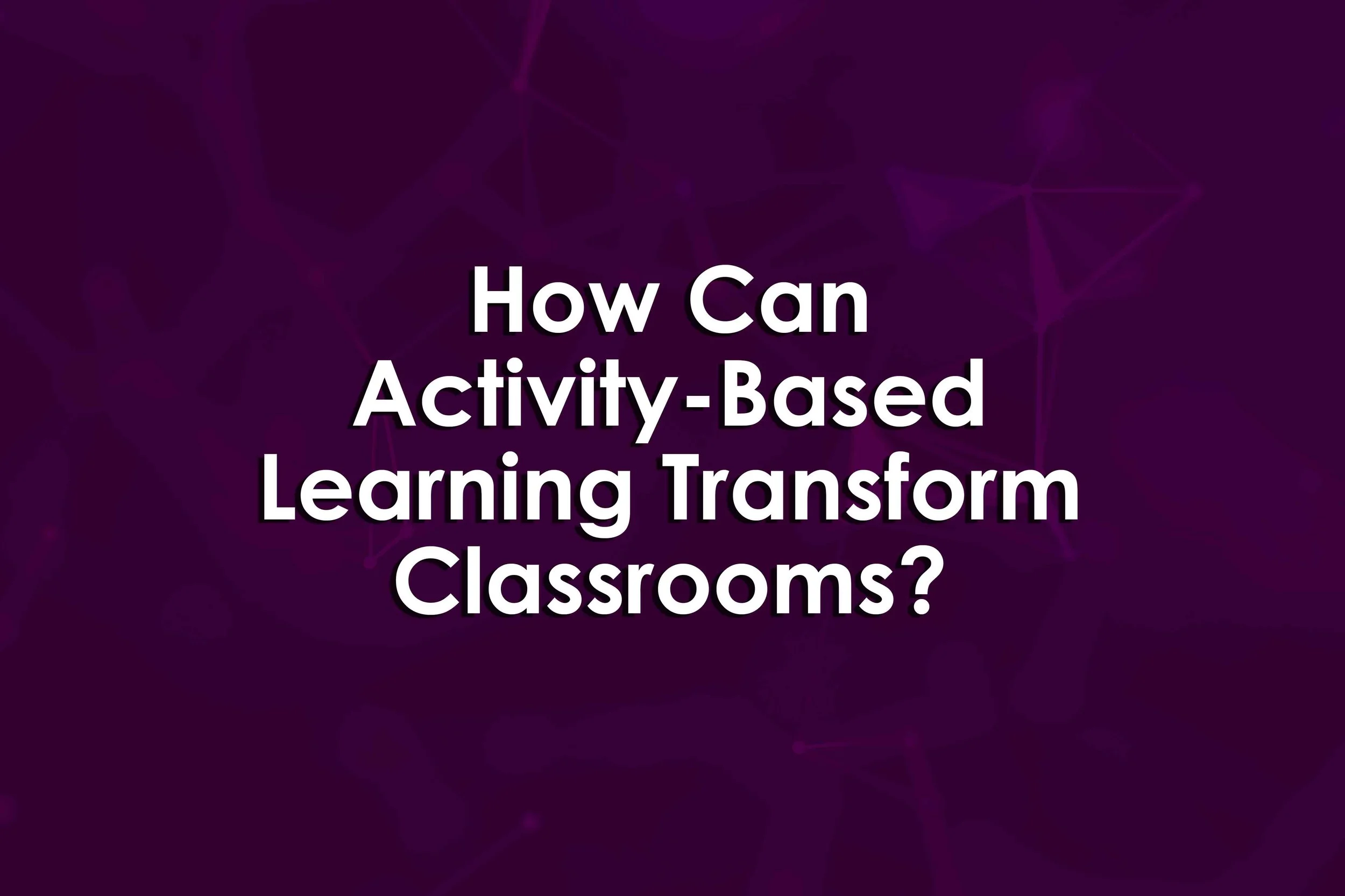At the University of Maryland, the course Games as Emergent Experiences uses video games as homework to explore how design elements like characters, music, and aesthetics shape player immersion.
Read MoreGamification, or integrating game elements into education, is gaining popularity as a strategy to boost student engagement. While video games are often viewed as distractions, tools like Kahoot and Quizizz show how gamified learning can enhance participation and retention.
Read MoreWorkplace gamification can boost engagement and productivity, but often relies too heavily on extrinsic rewards like points and competition, which may undermine collaboration and intrinsic motivation.
Read MoreStandardized test prep often creates harmful stress for students, but research suggests game-based and micro-learning techniques can improve outcomes and mental health. Short, focused sessions (5–10 minutes) using spaced repetition enhance retention more than long study marathons.
Read MoreGamification in education uses game design elements—like points, badges, and leaderboards—to boost student engagement, motivation, and knowledge retention. It transforms traditional learning into interactive, fun experiences, helping learners stay interested and involved.
Read MoreCornell College Assistant Professor Tyler George and his Statistical Methods I class participated in a study using a computer game called Greenhouse, designed to simulate the full cycle of a research project.
Read MoreEducators are increasingly using gamification—such as escape rooms, murder mysteries, and virtual reality—to make chemistry more engaging for students amid declining interest in the subject.
Read MoreTraditional in-person interventions for adolescent substance abuse are often ineffective, especially in rural areas. Mansoo Yu, a University of Missouri professor, analyzed 26 studies on digital game-based interventions to identify effective strategies.
Read MoreMany gamification efforts in learning fail because they add superficial game elements—like points and badges—to poor instructional design without improving the learning experience itself. True game-based learning is different: it uses game design principles to create interactive, experiential learning aligned with how people naturally learn.
Read MoreAs healthcare evolves rapidly, medical education must adapt. Traditional methods often lack engagement and personalization. Gamification—using game elements like points, leaderboards, and interactivity—offers a solution by enhancing motivation, knowledge retention, and learner engagement.
Read MoreGamification is transforming education by incorporating game elements like points, badges, leaderboards, and challenges into learning environments. This approach boosts engagement, motivation, and retention by tapping into human psychology and making abstract concepts feel tangible.
Read MoreTaylor University professors Jakob Miller and Elizabeth George co-teach History and Politics Through Board Games, a popular J-term course using board games like 1775 and Operation F.A.U.S.T. to teach political science and history.
Read MoreGamification is widespread, but its success depends on thoughtful design and context. While it can boost engagement through rewards and motivation, poorly implemented gamification can backfire, as seen with Robinhood, United Airlines, and Amazon. These failures show that games should not replace meaningful compensation or safe conditions.
Read MoreThe International Science Reserve (ISR) has launched The Disaster Response Game, a digital simulation designed to help scientists practice crisis decision-making in scenarios like pandemics, wildfires, and food insecurity.
Read MoreModern education demands innovative approaches that go beyond traditional methods. Activity-based learning, gamification, flipped classrooms, and storytelling actively engage students, making learning enjoyable and memorable.
Read MoreGamification—adding game-like elements such as points, badges, and leaderboards—has become a popular tool in education to boost student engagement, especially as attention spans shrink. It transforms learning into a more interactive and enjoyable experience, seen in institutions like IIM Kozhikode and platforms like Udemy.
Read More"The Trck" uses gamification and exergaming to tackle global physical inactivity by blending fitness with the engagement of video games. CEO Marcus Meyer emphasizes fun, rewards, social interaction, and community to motivate users, especially the 1.8 billion inactive adults worldwide.
Read MoreTwo educators from the NSW Department of Education are using gamification to enhance student engagement and learning. Kelly Pfeiffer created Eco Detectives, a Minecraft-based game that teaches environmental conservation through interactive virtual ecosystems.
Read MoreIn 2024, the U.S. State Department offered funding for games that build resilience against disinformation, reflecting a growing trend of using gamification to combat fake news. Games like Bad News, Fakey, and Breaking Harmony Square train players to recognize misinformation techniques by simulating the role of a propagandist.
Read MoreSerious games, which use fun elements like challenges, goals, and rewards, are being used across sectors—healthcare, education, military, and more—to educate, train, and promote behavior change. Unlike games made purely for entertainment, serious games aim to teach skills, raise awareness, and inspire action.
Read More




















